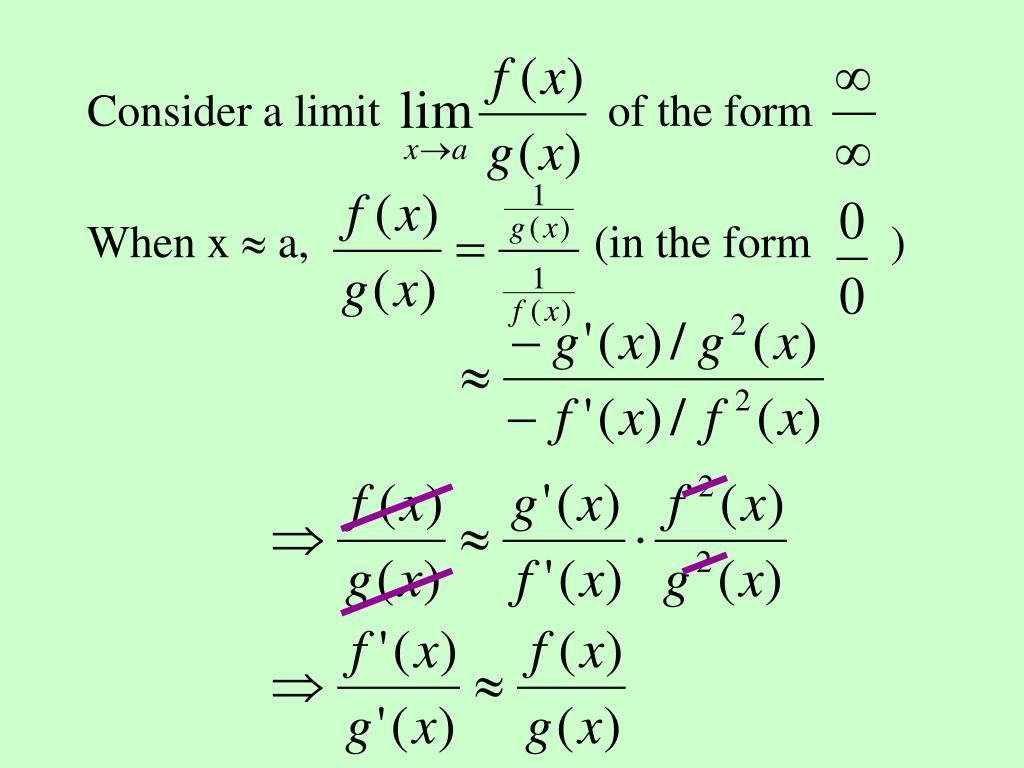

In 1892 Lie came to Paris, at the invitation of Darboux and Tannery, and met Cartan for the first time.Ĭartan defended his dissertation, The structure of finite continuous groups of transformations in 1894 in the Faculty of Sciences in the Sorbonne. For next two years (1892–1894) Cartan returned to ENS and, following the advice of his classmate Arthur Tresse (1868–1958) who studied under Sophus Lie in the years 1888–1889, worked on the subject of classification of simple Lie groups, which was started by Wilhelm Killing.

He attended there lectures by Charles Hermite (1822–1901), Jules Tannery (1848–1910), Gaston Darboux (1842–1917), Paul Appell (1855–1930), Émile Picard (1856–1941), Edouard Goursat (1858–1936), and Henri Poincaré (1854–1912) whose lectures were what Cartan thought most highly of.Īfter graduation from the École Normale Superieure in 1891, Cartan was drafted into the French army, where he served one year and attained the rank of sergeant. In 1887 he moved to the Lycée Janson de Sailly in Paris to study sciences for two years there he met and befriended his classmate Jean-Baptiste Perrin (1870–1942) who later became a famous physicist in France.Ĭartan enrolled in the École Normale Supérieure in 1888. He spent five years (1880–1885) at the College of Vienna and then two years (1885–1887) at the Lycée of Grenoble. Cartan prepared for the contest under the supervision of M. He recommended Cartan to participate in a contest for a scholarship in a lycée. Antonin Dubost, then the representative of Isère, visited the school and was impressed by Cartan's unusual abilities.

Dupuis, recalled "Élie Cartan was a shy student, but an unusual light of great intellect was shining in his eyes, and this was combined with an excellent memory". Élie Cartan entered an elementary school in Dolomieu and was the best student in the school. Élie had an elder sister Jeanne-Marie (1867–1931) who became a dressmaker a younger brother Léon (1872–1956) who became a blacksmith working in his father's smithy and a younger sister Anna Cartan (1878–1923), who, partly under Élie's influence, entered École Normale Supérieure (as Élie had before) and chose a career as a mathematics teacher at a lycée (secondary school). House, was working with a spinning-wheel".
#Cartan differential calculus free
Joseph Cartan was the village blacksmith Élie Cartan recalled that his childhood had passed under "blows of the anvil, which started every morning from dawn", and that "his mother, during those rare minutes when she was free from taking care of the children and the Élie Cartan was born 9 April 1869 in the village of Dolomieu, Isère to Joseph Cartan (1837–1917) and Anne Cottaz (1841–1927). His son Henri Cartan was an influential mathematician working in algebraic topology.

He is widely regarded as one of the greatest mathematicians of the twentieth century. He also made significant contributions to general relativity and indirectly to quantum mechanics. Élie Joseph Cartan ForMemRS ( French: 9 April 1869 – ) was an influential French mathematician who did fundamental work in the theory of Lie groups, differential systems (coordinate-free geometric formulation of PDEs), and differential geometry. Sur la structure des groupes de transformations finis et continus (1894) President of the French Academy of Sciences (1946) Quantum mechanics ( spinors, rotating vectors)


 0 kommentar(er)
0 kommentar(er)
